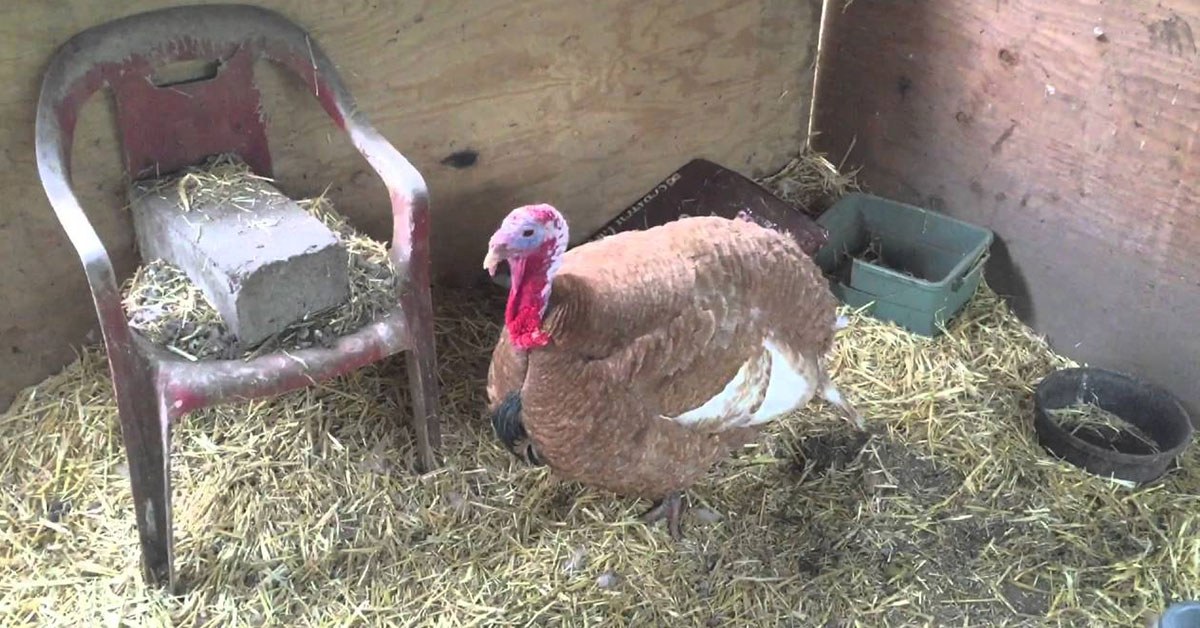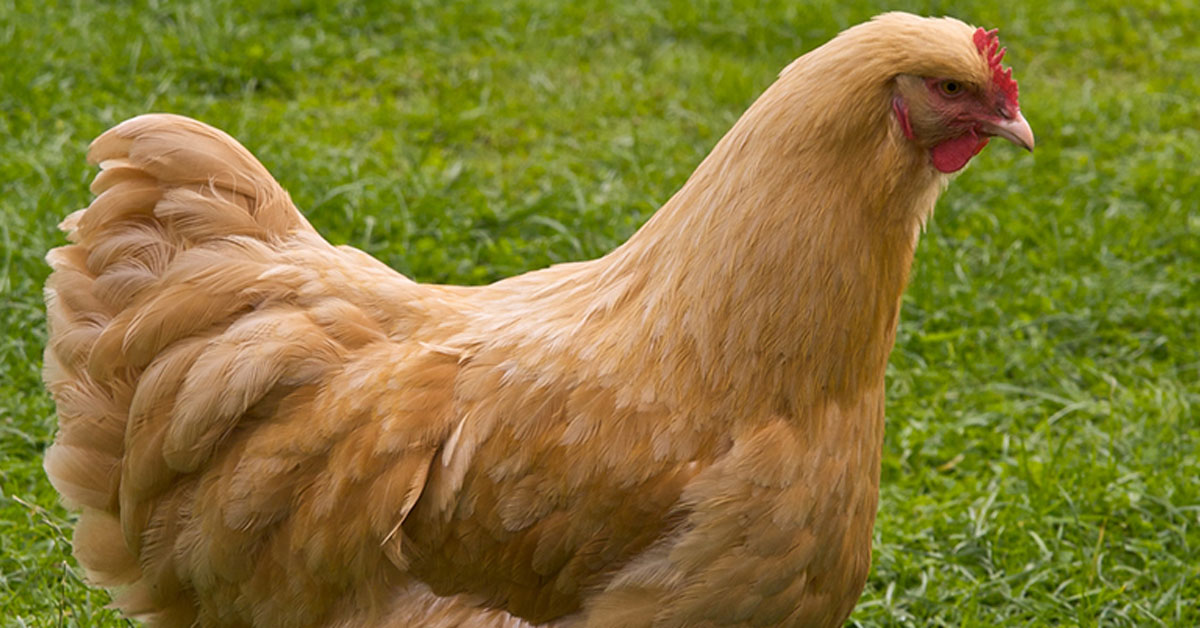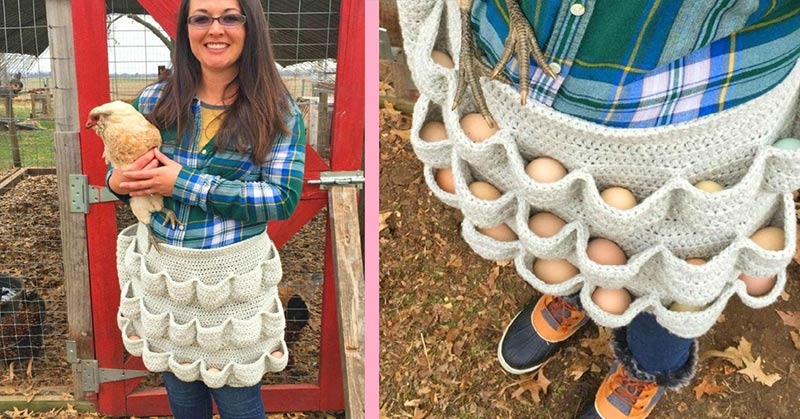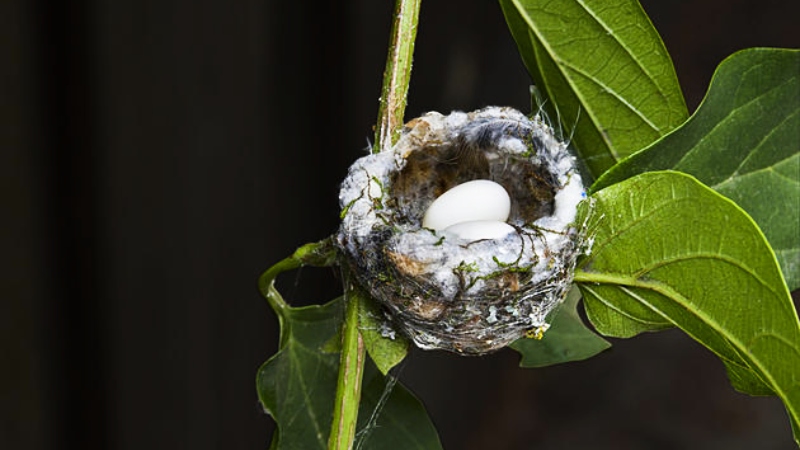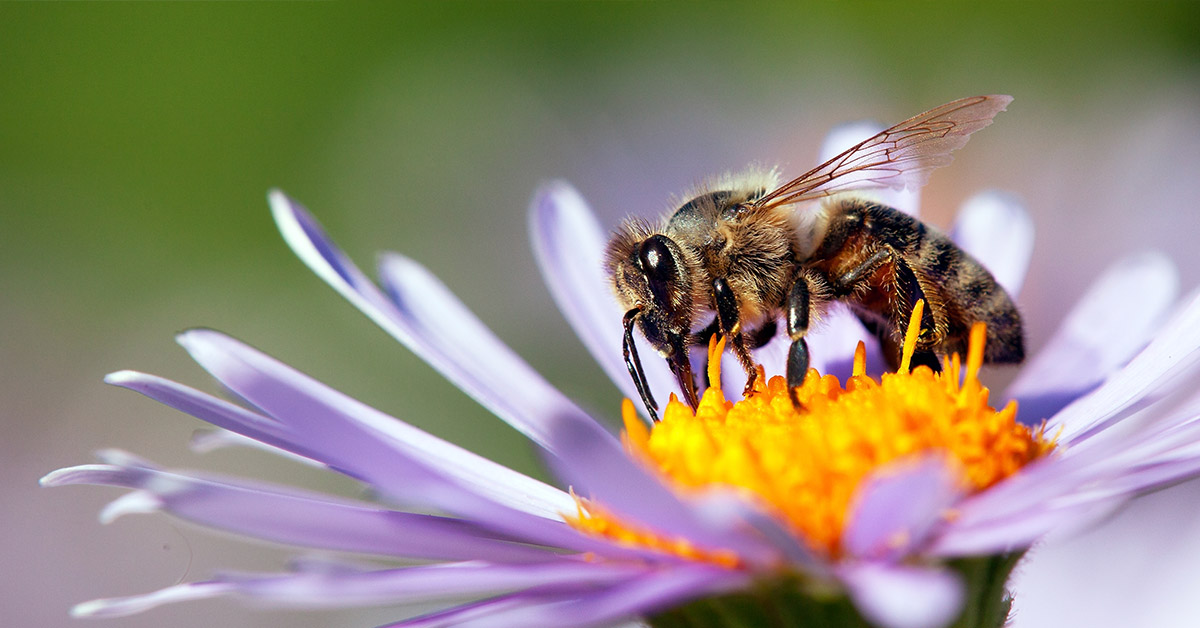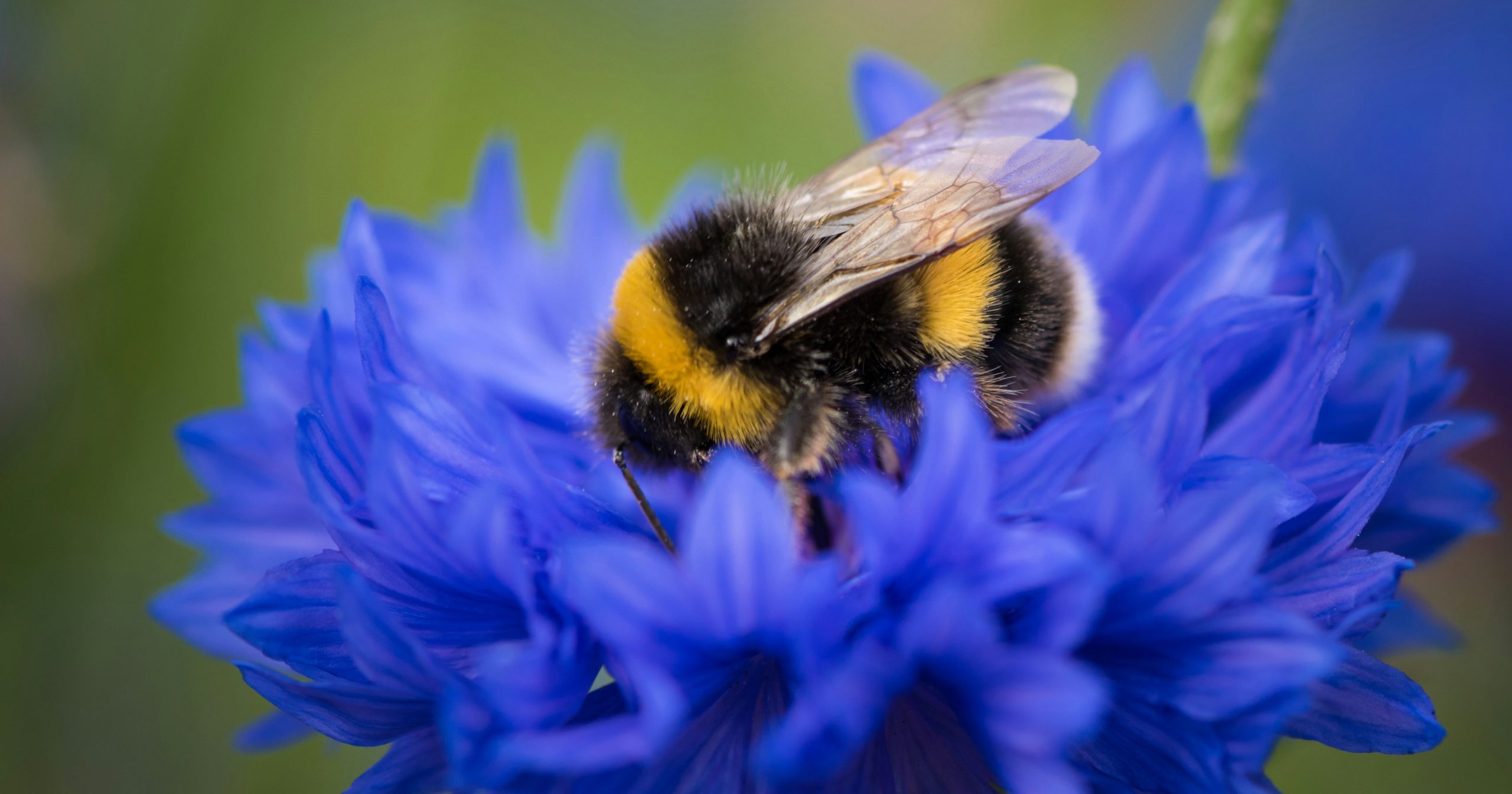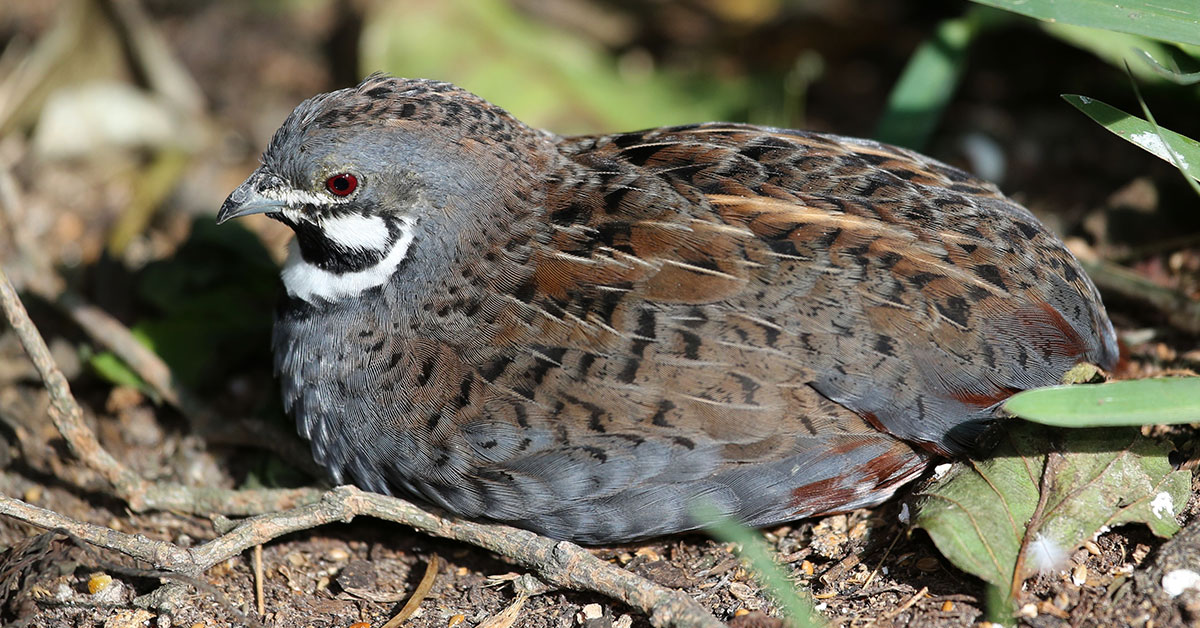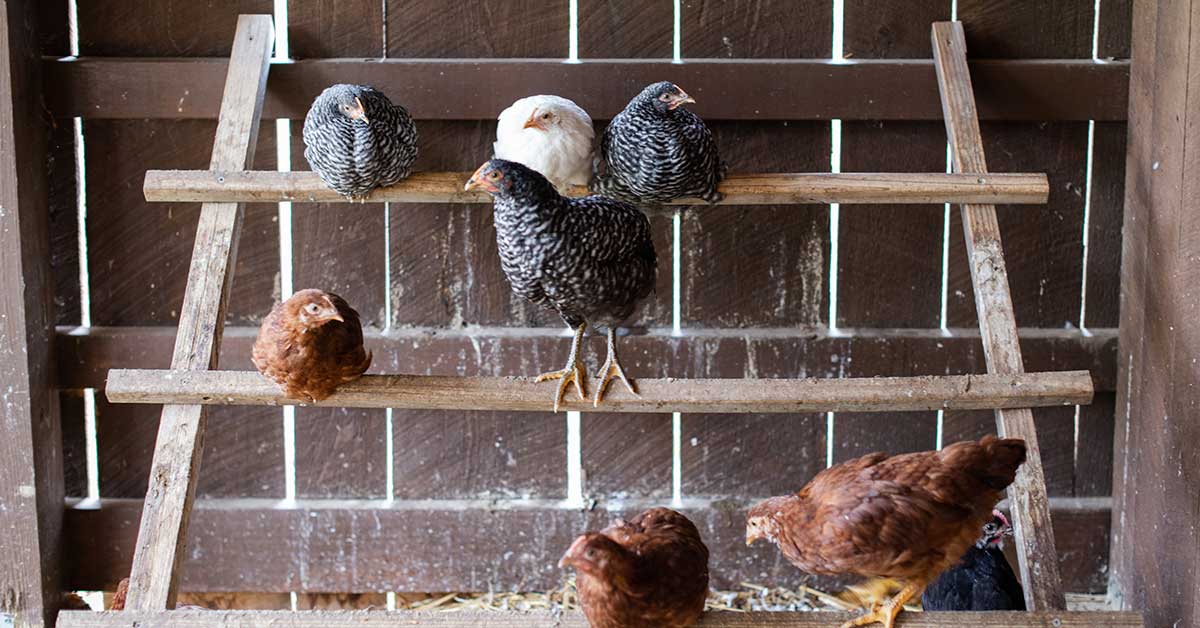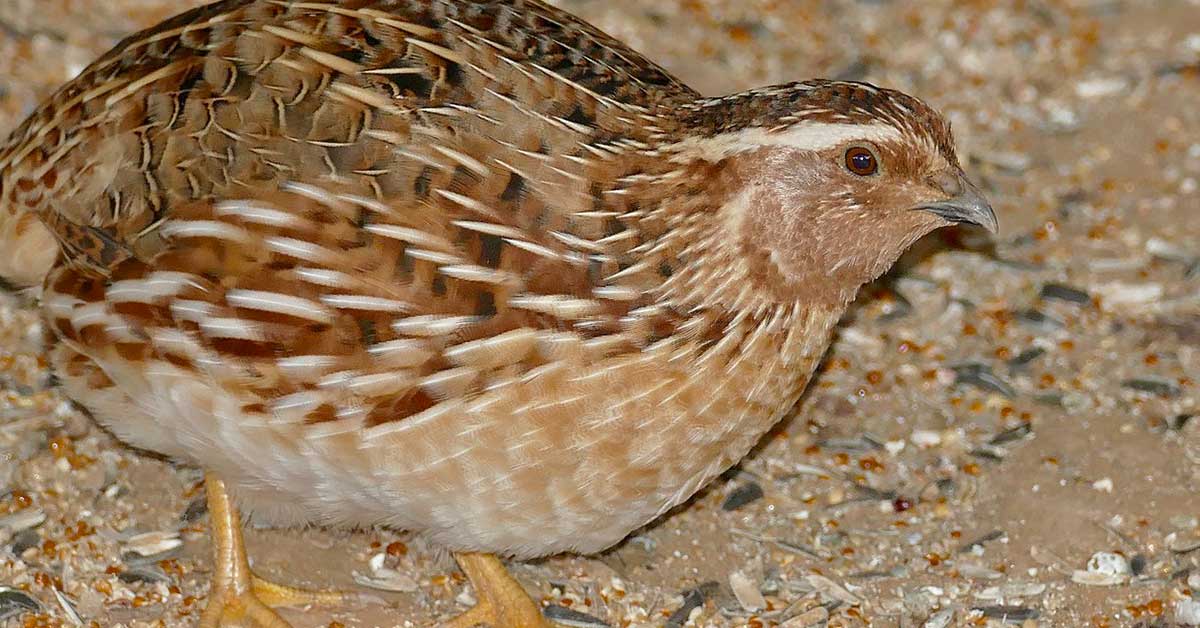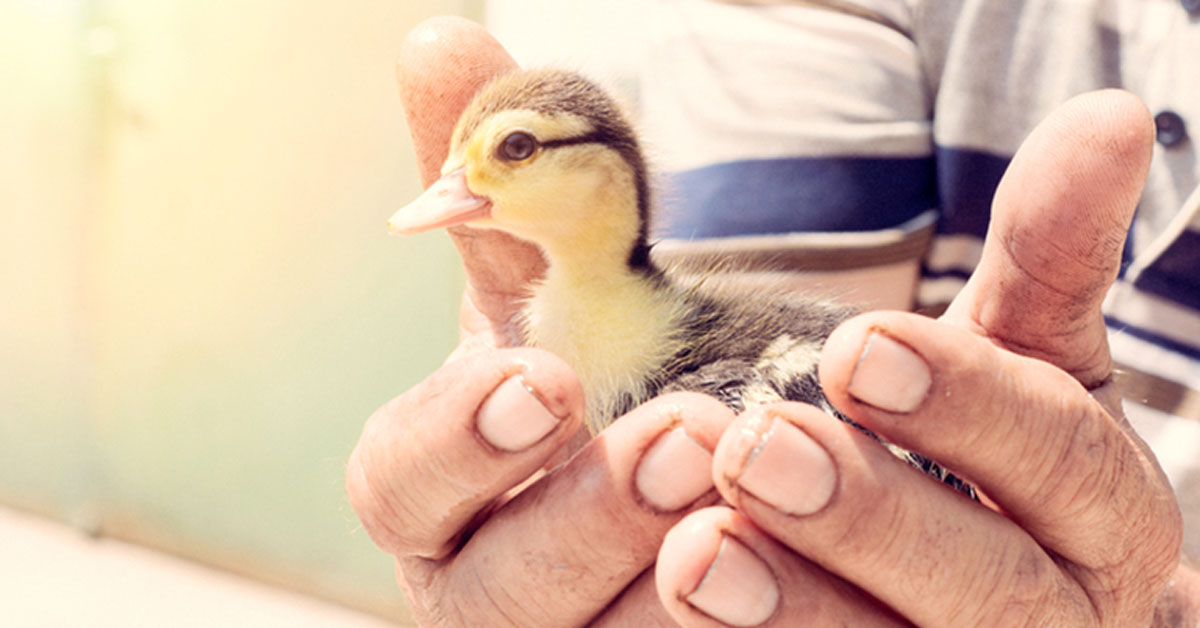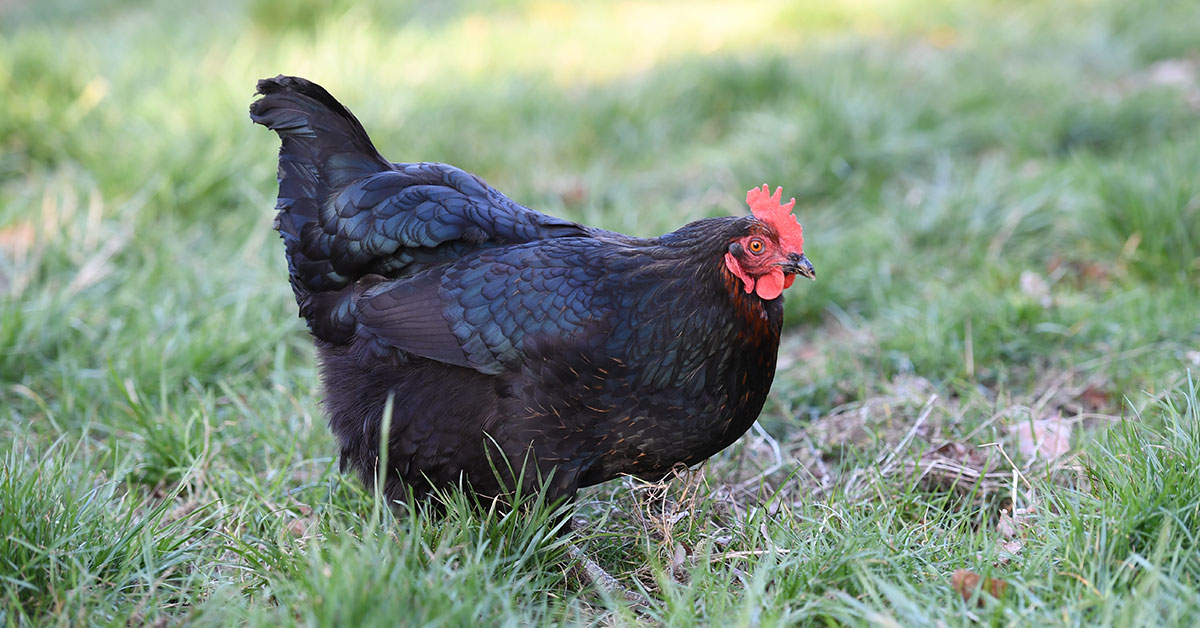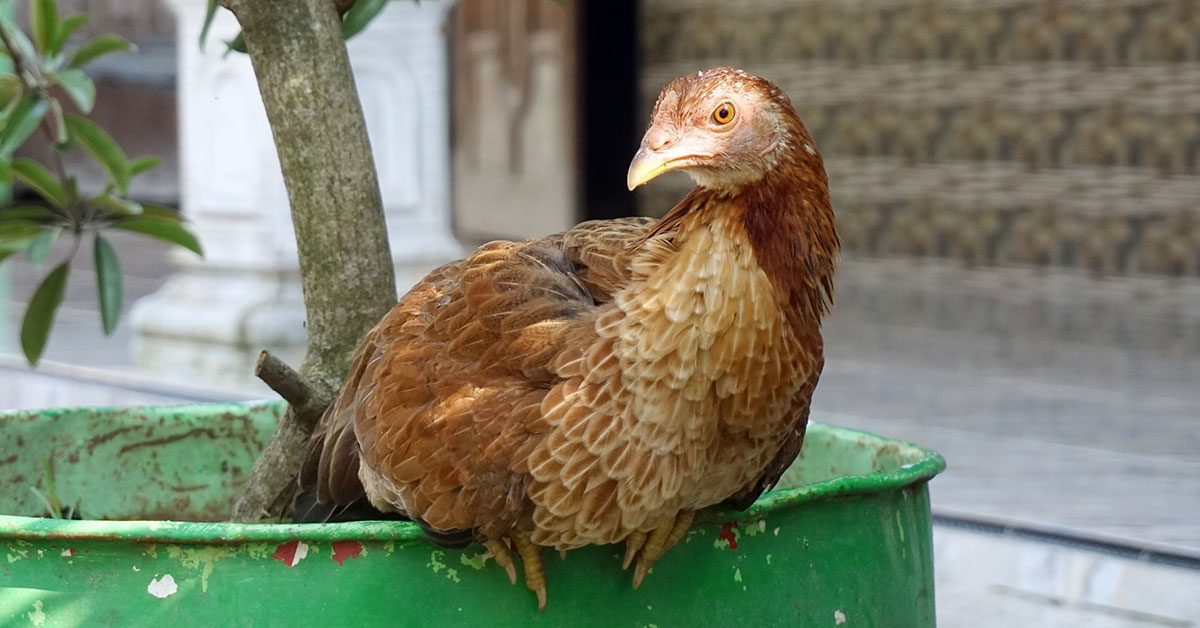Turkeys are fascinating birds, known for their unique appearance and delicious meat. One of the lesser-known turkey breeds is the Jersey Buff Turkey. As the name suggests, these birds are a warm buff color and have a distinct look and personality. In this article, we will explore the temperament, appearance, purpose, origin, and care of Jersey Buff Turkeys.
Jersey Buff Turkey Temperament
Jersey Buff Turkeys are known for their friendly and docile temperament. They are intelligent birds that often bond with their owners. That said, mature male tom turkeys can be territorial and aggressive, so be mindful to watch their behavior around other animals.
They are curious and will often follow their owners around. They also get along well with other turkeys and can be kept in flocks. However, they can be prone to stress, so it’s important to keep their environment calm and stable.
Breed Appearance
Jersey Buff Turkeys are medium-sized birds, with males weighing between 23-33 pounds and females weighing between 12-16 pounds. They have a warm buff color, with feathers that range from light tan to a darker brownish-red. Their feathers have a metallic sheen that adds to their beauty. They have a small, unobtrusive snood (fleshy protuberance) on their head, which distinguishes them from other turkey breeds.
Jersey Buff Turkey Purpose
Jersey Buff Turkeys were originally bred for meat production. However, they also lay a decent number of eggs, making them a dual-purpose breed. Their meat is flavorful and tender, with a good meat-to-bone ratio. They are often described as having a “gamey” taste, which some people find appealing.
Breed Origin
Jersey Buff Turkeys were developed in New Jersey in the 1800s and was later accepted by the American Poultry Association in 1874. They are a relatively new breed, created by crossing a Bronze turkey with a Buff turkey. The goal was to create a breed that would produce high-quality meat and be suitable for small-scale farming. By 1915, it lost its APA certification and became extinct.
Later, interest in the breed was renewed and the Jersey Buff Turkey was re-developed. This new buff turkey breed was developed by crossing Black, Bourbon Red and Broad Breasted Bronze turkeys.
Caring for Turkeys
Proper care is essential for the health and well-being of Jersey Buff Turkeys. They require a balanced diet of grains and protein, as well as access to clean water. They also need plenty of space to move around and exercise.
A turkey house or coop should be clean, dry, and well-ventilated, with nesting boxes for egg-laying. They are also sensitive to extreme weather conditions, so their environment should be carefully monitored. Lastly, they need regular veterinary check-ups and vaccinations to prevent diseases and parasites. Some things to consider when keeping turkeys:
- Space: Turkeys require ample space to move around and spread their wings. Each bird should have at least 4-5 square feet of floor space. If you’re raising turkeys for meat, they will require more space.
- Protection: The housing should be predator-proof, with sturdy walls and a secure door that can be locked at night. Turkeys are vulnerable to attacks from predators like foxes, raccoons, and dogs.
- Roosting: Turkeys like to perch at night, so you should provide roosting poles or platforms. These should be at least 1-2 feet off the ground and sturdy enough to support the weight of the birds.
- Ventilation: The housing should be well-ventilated to prevent the buildup of moisture and ammonia. Proper ventilation will also help regulate the temperature inside the housing.
- Bedding: Provide plenty of clean, dry bedding for the turkeys to nest in. This can be straw, wood shavings, or other types of bedding material.
- Feeding and watering: Turkeys require access to clean water and a balanced diet. Make sure to provide them with fresh water and food daily.
Jersey Buff Turkeys are a charming and interesting breed of turkey. They have a friendly temperament, unique appearance, and are suitable for both meat and egg production. Their origin and development are rooted in the American agricultural tradition. Proper care is essential for their health and well-being, but with the right attention and resources, they can be a rewarding addition to any small-scale farm or homestead.
